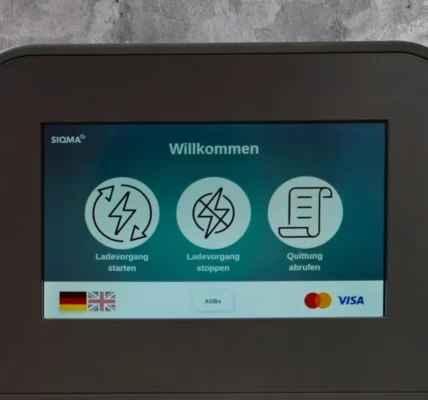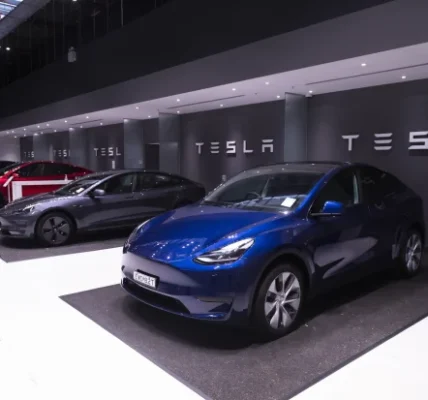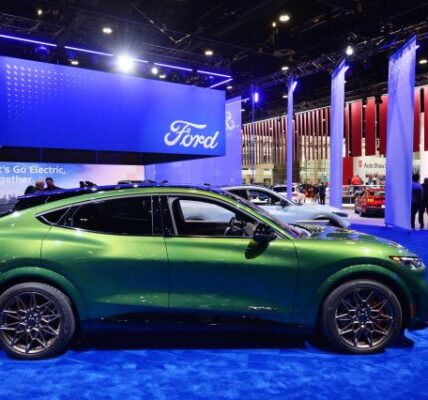There’s a lot riding on the success and effectiveness of the $7.5 billion nationwide network of EV chargers that’s taking form based on the last week’s updates from the U.S. Joint Office of Energy and Transportation.
Tesla has its comprehensive Supercharger network for its vehicles, and the Electrify America network has allowed EV road trips along specific routes. But the federal charging buildout will enable much more—by nurturing mainstream EV adoption and serving as a backbone of lasting support for tens of billions of dollars invested in U.S. EV and battery production.
The Joint Office of Energy and Transportation, created in 2021 with a memorandum of understanding between Secretary of Energy Jennifer Granholm and Secretary of Transportation Pete Buttigieg, is overseeing a number of multi-billion-dollar programs enabled by the Bipartisan Infrastructure Law. And as Deputy Director Rachael Nealer underscored last week in a presentation at Forth’s Roadmap conference in Portland, the agency is deep into the first year of logistically setting up a national EV charging network for convenience, reliability, and equity.
The final rule laying out the framework for the National Electric Vehicle Infrastructure (NEVI) program includes a lot of requirements on the installation, operation, and maintenance of this infrastructure—including interoperability.
By last August 1, all states, the District of Columbia and Puerto Rico each submitted their programs for the $1.5 billion portion of the funds awarded through fiscal year 2022. All have been approved, states have begun to receive funding, and chargers are being installed. A new layer of rules and data reporting requirements will help assure these new chargers keep working.








